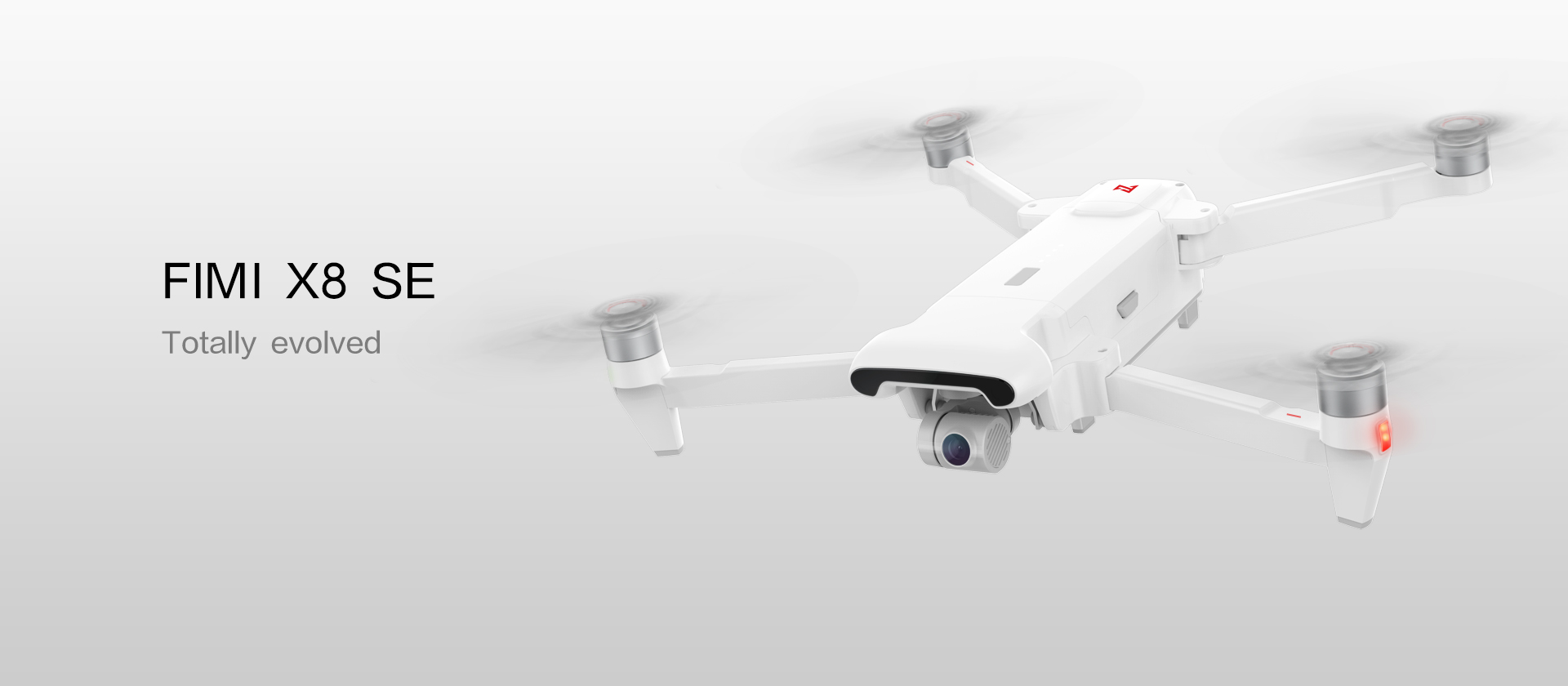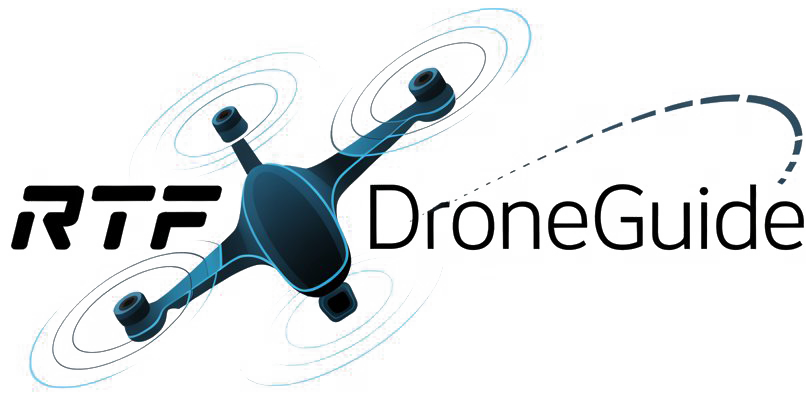
Shopping for your first drone and not finding the DJI model you wanted? You’re not alone. Inventory has been tight at big U.S. retailers, and a few recent DJI launches skipped the U.S. altogether. The good news: there are solid DJI alternatives for beginners and casual creators. This guide highlights brands and models you can actually buy here, what they’re good at, and how to pick the right one without overspending.
Start Here: What Do You Need the Drone to Do?
Answer these five questions before you buy:
Weight: Do you want a sub-250 g drone to keep it small, quiet, and simple?
Camera: Are you happy with 4K/30 video, or do you need better low light and more dynamic range?
Stability: Do you want a real 3-axis gimbal or are software stabilization and a fixed camera OK?
Range and link quality: Flying around a park is different from flying across a lake.
Use case: Family trips, action sports, cinematic indoor shots, or learning FPV?
Pro tip: Most beginners should start with a sub-250 g drone that has GPS, Return-to-Home, and a gimbal.That combo gives you the easiest takeoff-to-landing experience.
Quick Picks for DJI Alternatives by Budget
Under $300 (first “real” drone):
Holy Stone HS440G — under 250 g, beginner friendly, GPS and Return-to-Home.
Hubsan Zino Mini series — budget 3-axis gimbal options, often found in U.S. warehouses.$300–$500 (step-up camera):
Potensic Atom SE — sub-250 g, 4K/30, solid value for travelers.
Hubsan Zino Mini Pro — compact with gimbal and decent image controls.$500–$800 (best camera under $1K without DJI):
Potensic Atom 2 — 1/2″-type sensor, 48 MP photos, 4K HDR video, long flight times.Autonomous “flying camera” for vlogs:
HoverAir X1 Pro / ProMax — put it in your pocket, tap a preset, and it tracks you hands-free.Action-water sports niche:
HoverAir Aqua — designed to handle spray and water landings for paddle, surf, or kayak days.FPV learning kit (non-DJI):
BetaFPV Cetus X Kit — everything in one box to learn manual FPV flying.Cinewhoop for tight indoor shots (Avata-style alternative):
GEPRC CineLog25 V2 — protective ducts, smooth footage in close quarters. Great for creators.
Brand-by-Brand: What to Expect
Potensic
Who it’s for: First-timers and travelers who want good video and simple flying at a fair price.
Why it stands out: The Atom SE is a strong starter pick with 4K/30, GPS, and Return-to-Home. The Atom 2 ups the camera quality with a larger sensor and longer link range.
Bottom line: A clean path from “first drone” to “better camera” without breaking the bank.
Holy Stone
Who it’s for: Beginners who want guard rails and a low-stress learning curve.
Why it stands out: The HS440G is under 250 g and easy to fly. The HS720-series adds stronger GPS hold, a gimbal, and more range.
Bottom line: A friendly on-ramp if you’re nervous about your first flights.
HoverAir (Zero Zero Robotics)
Who it’s for: Creators who want a hands-free flying camera more than a traditional RC drone.
Why it stands out: HoverAir X1 Pro/ProMax live in your pocket and launch quickly with automated shots like follow, orbit, and dolly. The Aqua variant targets beach, lake, and boat life.
Bottom line: Ideal for solo vloggers and families. Not the choice for long-range flying.
Hubsan
Who it’s for: Budget shoppers who still want a 3-axis gimbal and familiar “DJI-like” controls.
Why it stands out: Zino Mini models keep weight and price down while offering stabilized footage.
Bottom line: Good value if you find a reputable U.S. seller with clear warranty terms.
FIMI (X8 series)
Who it’s for: Value hunters comfortable with “import-style” buying.
Why it stands out: X8 SE variants offer competitive cameras and range for the price.
Bottom line: Do your homework on retailer, warranty, and firmware support before you commit.
The “Not DJI” Shopping Checklist
GPS + Return-to-Home: A must for beginners.
3-axis gimbal: If smooth video matters, this beats software stabilization.
Spare batteries: Plan for at least two. Short flights feel much shorter in real life.
Simple app experience: Clear onscreen prompts, pre-flight checks, and easy RTH.
Good U.S. retailer: Faster shipping, easier returns, real warranty support.
Accessories that matter: ND filters for bright days, prop guards for indoor practice, and a solid case.
What About FPV?
If you’re dreaming of fast, immersive flying and tight indoor shots, FPV is a different sport:
Expect more practice and some crashes as you learn manual throttle and sticks.
Kits like BetaFPV Cetus X are the easiest way to start.
For cinematic “fly-throughs,” a cinewhoop like the GEPRC CineLog25 V2 lets you fly close to people and objects more safely thanks to ducted props.
You can upgrade cameras, video transmitters, and goggles over time.
Safety and Basics You Should Know
Never flown a drone before? Start here at the FAA website for recreational flyers.
Know your airspace. Use a reputable app to check where you can fly.
Keep line of sight. Don’t chase range when you’re learning.
Practice low and slow in a big open field before you aim at epic sunset shots.
Update firmware and run the app’s pre-flight checks every session.
Final Advice
If you’re brand-new, start with a sub-250 g GPS drone and one spare battery. Learn takeoffs, hovering, smooth turns, and gentle landings. Then add camera moves: slow orbits, forward reveals, and top-down descents. When you outgrow your first drone, your next choice will be obvious from how you like to fly—longer range, better low light, hands-free “flying camera,” or FPV thrills.
Read more:
Are DJI Drones Being Banned in the US? The Basics on a Complicated Issue.



